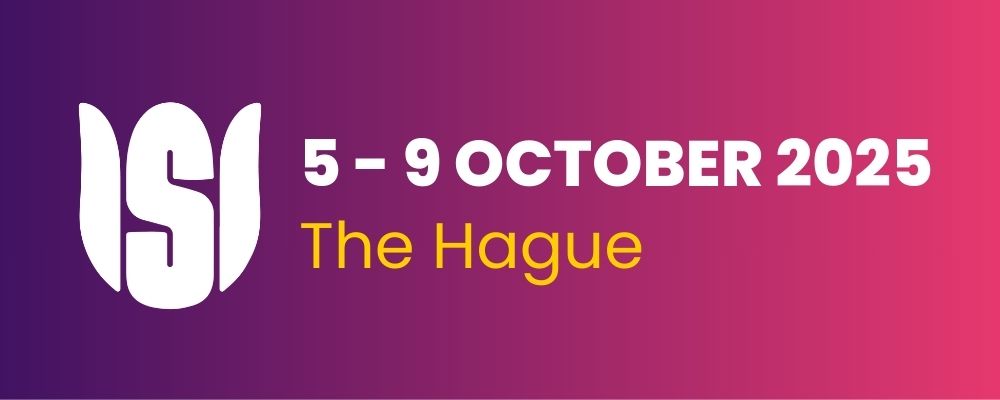Teaching Key Mathematical Concepts of Machine Learning in Secondary Education
Conference
65th ISI World Statistics Congress
Format: IPS Abstract - WSC 2025
Keywords: artificial intelligence, data-science education, stem education
Thursday 9 October 2 p.m. - 3:40 p.m. (Europe/Amsterdam)
Abstract
The relevance of applications from the field of AI, and more precisely machine learning (ML), gives rise to the demand for a stronger integration of topics related to AI into K-12 education. ML-methods are based on mathematical modeling with a special focus on handling (big) data. The mathematical methods used are often elementary and accessible with high-school mathematical knowledge. Consequently, we argue that AI education should not be confined to computer science, but also embedded within mathematics education.
There are various approaches to address data-driven ML-methods with high-school students. Among others, the k-nearest neighbors method (Hazzan & Mike, 2022; Schönbrodt et al., 2023) and decision trees (Biehler & Fleischer, 2021) have been analyzed didactically. In this talk, we focus on more advanced ML-methods, e.g. Support Vector Machines (SVMs) and Artificial Neural Networks (ANNs). These methods are heavily grounded in mathematical concepts from linear algebra and analysis – subjects that are often perceived as abstract and even boring by students. Thus, addressing real-world, data-driven problems from the field of AI in mathematics education offers the chance to make school mathematical concepts more relevant to students and simultaneously foster a deeper understanding of AI, including its risks and opportunities.
When working with 2- or 3-dimensional data, the SVM provides an authentic application of lines (2D) or planes (3D) in point-normal form, distance calculations from points to lines / planes, and the dot product – concepts accessible to students in upper secondary education. ANNs provide a compelling application of function compositions, matrix-vector products, and optimization problems. We discuss different elementarizations and intended learning paths on key mathematical concepts behind SVMs and ANNs and critically examine which mathematical concepts underlying these ML-methods can be explored with high-school students transparently (‘white-box’), and which may be treated as 'black-box' due to their complexity.
We present digital learning materials for secondary education centered on the aforementioned ML-methods. These materials have been extensively tested in computational mathematical modeling workshops of the Education Lab CAMMP (www.cammp.online/english/index.php). The materials are based on Jupyter Notebooks using Python and are designed in such a way that no programming knowledge is required from the students. The materials support heterogeneous learning groups through diverse differentiation materials (scaffolded tips, optional tasks for advanced students) and individual, automated feedback on students' solutions. All teaching materials are available as OER under a Creative Commons license.
References
Biehler, R. & Fleischer, Y. (2021). Introducing students to machine learning with decision trees using CODAP and Jupyter Notebooks. Teaching Statistics, 43, 133–142.
Hazzan, O., & Mike, K. (2022). Teaching core principles of machine learning with a simple machine learning algorithm: the case of the KNN algorithm in a high school introduction to data science course. ACM Inroads, 13(1), 18–25. https://doi.org/10.1145/3514217
Schönbrodt, S., Hoeffer, K., Frank, M. (2023). AI education as a starting point for interdisciplinary STEM projects. In P. Drijvers, H. Palmér, C. Csapodi, K. Gosztonyi, & E. Kónya (Eds.), Proceedings of CERME13. https://hal.science/hal-04420534v1
